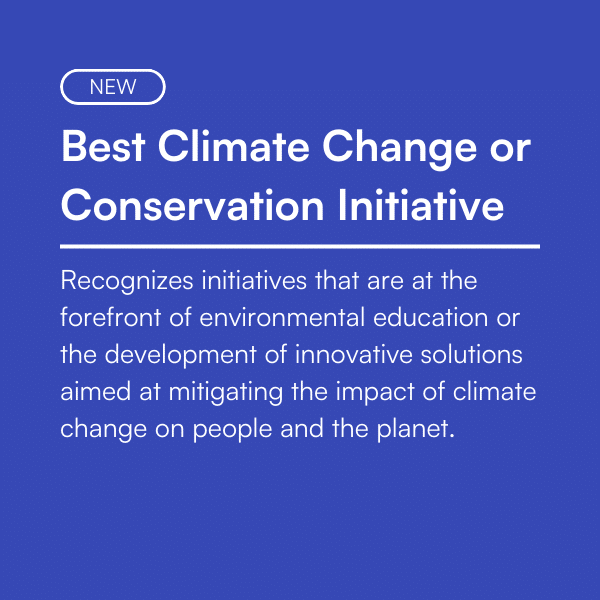NEW GALA: THE HALOS
For the first time in Engage for Good’s history, The Halo Awards will be presented at The Halos – an evening celebrating the best of corporate social impact campaigns.
The event will take place on May 15, 2024, during the EFG2024 conference. With entertainment, inspiring speakers, and a spotlight on the best partnerships, it will be a night to remember. Your ticket to The Halos will be included in your EFG2024 conference fees. More details to come!

























